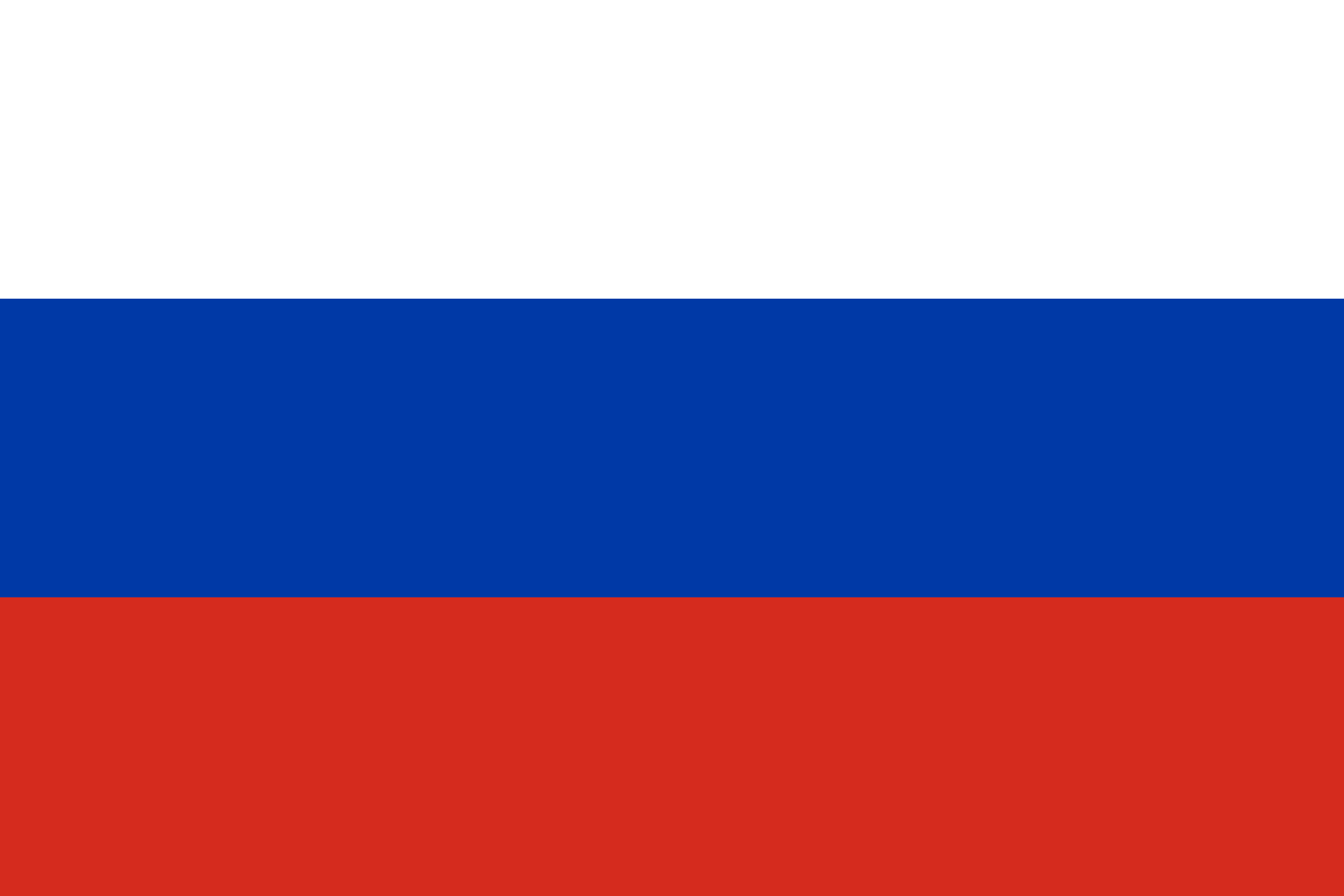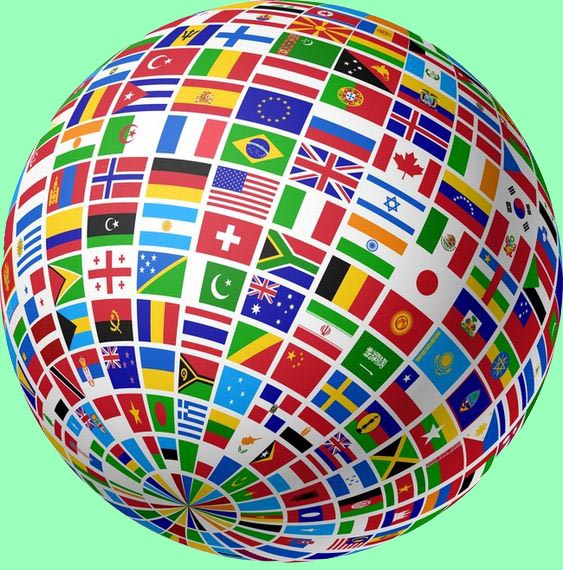

Maslenitsa



 |
 |
Maslenitsa |
 |
 |
 |
|||
|
|
Fête paienne annuelle |
| Maslenitsa dans l'art russe | ||
Maslenitsa - c'est la semaine qui précède le Carême et qui sépare les deux saisons les plus importantes du calendrier slave - l'hiver et le printemps. Elle était largement célébrée en Russie et plus modestement en Ukraine et en Biélorussie. Le dimanche précédant la semaine de Maslenitsa était le dernier jour où la consommation de la viande était autorisée. Ce jour-là, on organisait des repas de famille (par exemple, le beau-père invitait son gendre à "finir le mouton"). Parfois, on faisait un feu en expliquant aux enfants qu'on y "brûle la viande". Le plat principal de Maslenitsa était les bliny, ainsi que le poisson et les produits laitiers. Le premier blin était destiné aux disparus (on le posait près de la fenêtre) ou aux mendiants. On donnait les bliny et les ustensiles utilisés pour leur confection aux mains de l'effigie (pleine de paille) de Maslenitsa qu'on brûlait à la fin de la semaine en tant que symbole de la nourriture "grasse". Les bliny, symbole de soleil, étaient consommés en grande quantité! Une partie importante des habitudes de Maslenitsa avait un rapport avec le mariage et la famille: les mariés de l'année précédente étaient à l'honneur. On les soumettait aussi aux "épreuves" - par exemple, ils devaient s'embrasser en public, on les couvrait de neige ou de paille, etc. Les belles-familles se rendaient fréquemment visite durant la semaine de Maslenitsa. Les garçons et les filles qui n'avaient pas trouvé de compagnon étaient "punis" - on leur attachait un bout de bois, une branche ou un ruban à la jambe et ils devaient le porter un certain temps. Pour se faire enlever cet objet, les "punis" devaient payer avec de l'argent ou de la nourriture. Le jour le plus important de Maslenitsa était le dimanche précédant le Carême. Les gens se demandaient pardon pour toutes les offenses et visitaient les cimetières. Le dernier jour, on confectionnait une effigie de Maslenitsa avec de la paille ou des chiffons, on l'habillait en femme, on la portait dans tout le village, ensuite on la brûlait, noyait ou tout simplement déchirait, en éparpillant la paille dans les champs. Maslenitsa était parfois vivante - on transportait une jeune femme bien habillée ou une vieille ivrogne en loques, et une fois sortis du village, on la renversait dans la neige. Le premier jour du Carême symbolisait la fin de Maslenitsa. Lundi était le jour où on se purifiait du péché et de la nourriture grasse. Les hommes "se rinçaient les dents", c'est-à-dire buvaient de la vodka pour soi-disant éliminer de la bouche les restes des repas festifs; dans certains régions, ils organisaient des combats à poings nus pour "vider les bliny". Les femmes nettoyaient la vaisselle pour en supprimer le gras, et tout le monde se lavait dans des bains, seuls ou en petits groupes dans des cabanes aménagées comme des bains à vapeur. https://www.russievirtuelle.com/guidestraditions/maslenitsa.htm |
| Année | Dates de Malsenitsa | |||
| 2020 | 24 février - 1 mars | |||
| 2021 | 8 - 14 mars | |||
| 2022 | 28 février - 6 mars | |||
| 2023 | 20 - 26 février | |||
| 2024 | 11 - 17 mars | |||
| 2025 | 24 février - 2 mars | |||
| Sites web | |||
| Maslenitsa | |||
| Vidéos | |||
| Масленица. Главные традиции праздника | MIR 24 | https://www.youtube.com/watch?app=desktop&v=KCOU-fdcVas | MP4 |
| Russie découvrez la tradition populaire de la Maslenista | RTBF | https://www.rtbf.be/info/monde/detail_russie-decouvrez-la-tradition-populaire-de-la-maslenista?id=9852063 | MP4 |